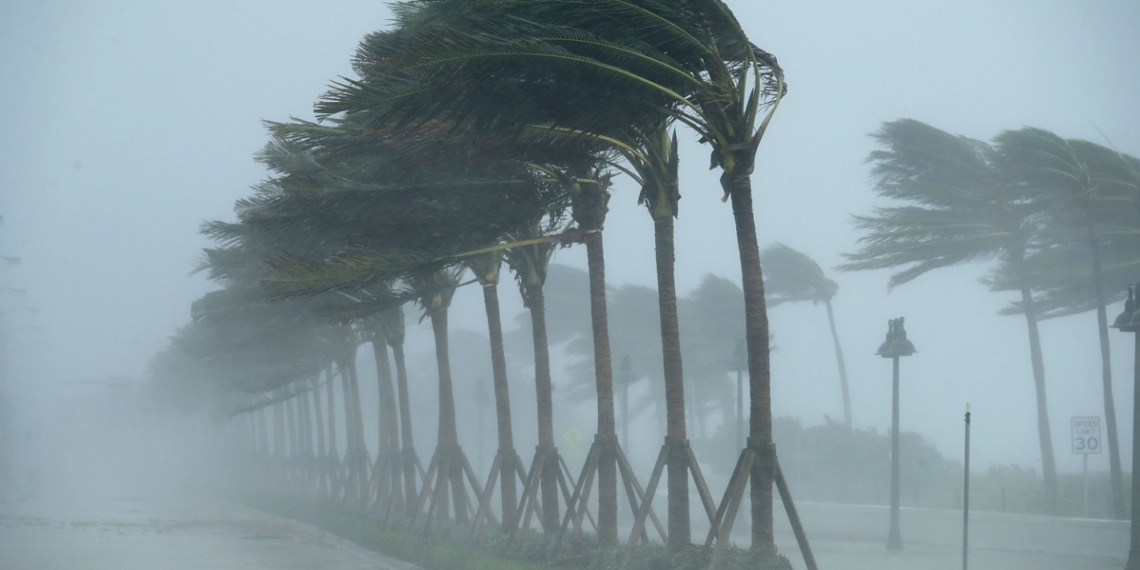by Chris Morrison, Daily Sceptic:

An excoriating report on the widely-quoted U.S. billion-dollar disaster database produced by the National Oceanic and Atmospheric Administration (NOAA) is about to be published in the new Springer journal Natural Hazards. The findings from this database have fuelled climate alarm for decades, and it is widely quoted by scientific journals, media and politicians. President Biden recently attributed all weather and climate related disaster costs in the U.S. during 2022 to human-caused climate change, citing the NOAA database. But in what is termed the first independent review of the work, science writer Roger Pielke Jnr. calls it an “egregious failure of scientific inquiry”. His inquiry is said to show that the database falls “comprehensively short” of meeting NOAA’s own requirements for traceability of sources and objective presentation of data.
TRUTH LIVES on at https://sgtreport.tv/
The public assertions made by NOAA using its data are “flawed and misleading”, specifically claims attributing losses to human-caused climate change. “NOAA’s claims to have achieved detection and attribution are not supported by any scientific analysis that it has performed,” notes Pielke. Similarly flawed are NOAA’s claims that increasing annual counts of billion dollar disasters are in part a consequence of human-caused climate change. Pielke, a political science writer and former university professor, notes that since 1980, U.S. losses per disaster on a linear trend are down by about 80% as a proportion of gross domestic product.
Needless to say, none of this gets in the way of the catastrophisation of weather and natural disasters that underpins the alarm and hysteria promoting the collectivist Net Zero project. In common with many other state-funded meteorological organisations around the world, a scientific gloss is given to unfalsifiable pseudoscientific claims of climate collapse. Pielke observes that the NOAA official responsible for overseeing the database has stated that climate change is ”supercharging many of these extreme that can lead to billion dollar disasters”. Such comments are parroted by mainstream media with the Guardian recently commenting on NOAA disaster figures claiming “experts” warn that deadly weather events “are being turbo-charged by the climate crisis”.
Not according to the UN’s Intergovernmental Panel on Climate Change, points out Pielke. It has only “low confidence” for the emergence of signals of climate impact drivers from river floods, heavy precipitation and pluvial flood, landslide, drought, fire weather, tropical cyclones, hail, severe weather storms and heavy snowfall. “That is,” observes Pielke, “each of the elements of the billion dollar disaster database.” NOAA is said to make strong claims of detection and attribution, “but provides no analyses in support of these claims”.
Any claim that NOAA’s disaster dataset indicates worsening weather or disasters is “incomplete at best and misleading at worst”. When losses are considered in the context of exposure changes such as much larger concentrations of population, continues Pielke, it becomes clear that the relative impact of extreme weather events in the U.S. has diminished over the past decades, “which is the exact opposite of claims made by NOAA… and the President of the United States, among many others”.
Objectivity seems to be a problem at the politicised U.S. weather service, as does traceability of sources. Pielke considers the case of hurricane Idalia, which made landfall in Florida in September last year. NOAA has increased its loss estimate from an initial $2.5 billion to $3.5 billion, despite official November 2023 estimates of insured losses of just $310 million. The past practice of NOAA has been to double insured losses to arrive at an estimate of actual financial damage. What is the basis for NOAA’s estimate of Idalia damage being 12 times current insured losses, asks the author.
NOAA states that it factors in various indirect costs to arrive at overall loss estimates, including business interruption losses and wildfire suppression activities. But it fails to identify its sources, charges Pielke. He picks up on the fact that “livestock feeding costs” are added to the disaster mix. “Livestock feeding costs are not considered a disaster cost in conventional disaster accounting methods – it is unclear what other sorts of indirect costs might be included in the NOAA tabulations,” writes the author.
A more serious complaint appears to surround the retrospective addition of disasters to the recent historical record. Between late 2022 and an update published in mid-2023, 10 new events were added and just three deleted. There is said to be no documentary justification provided for these changes. Pielke also discovered that between 1980 and 2007, smaller disasters up to $2 billion in losses were fairly constant, and then sharply increased from 2008.

NOAA adjusts its past loss totals for inflation and this leads to additions to the database once they pass $1 billion. But Pielke spotted that there were no changes in the period 1980-2000, and a net annual increase of two between 2001 to 2023. The graph above, of course, is classic climate alarmist fodder. The discontinuity seen since 2008 is suggestive of a change in disaster accounting methods. “However, the lack of transparency into the creation of the dataset makes it impossible to know the reasons that may underlie this discontinuity,” concludes Pielke.



